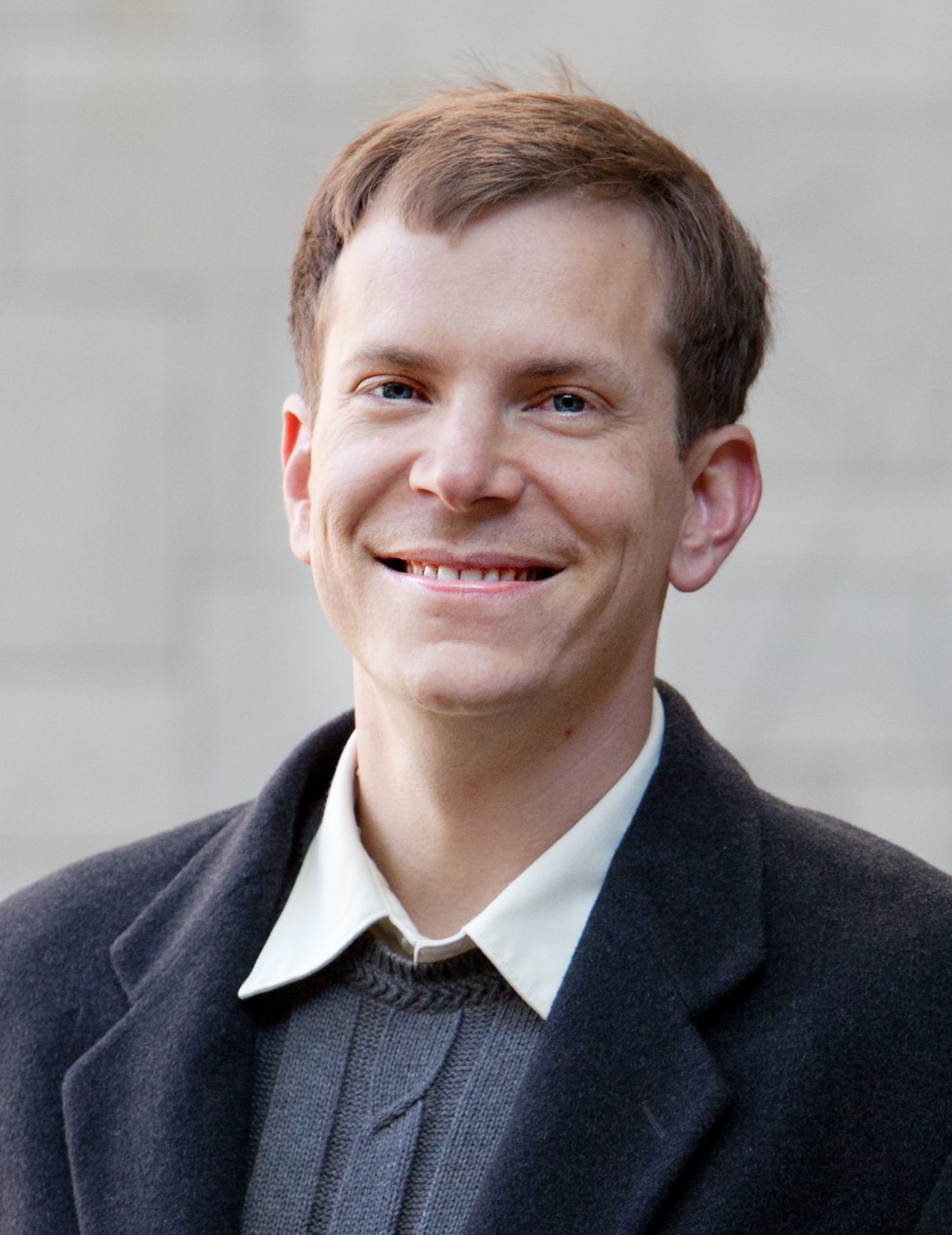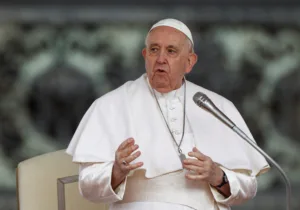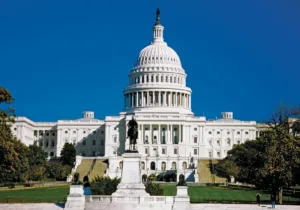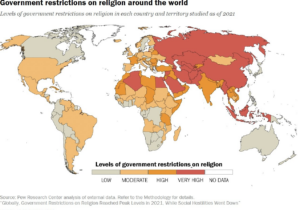“Integralism” is the name given to the old belief, held chiefly by Roman Catholics, that the state should publicly support the Catholic Church and serve as a partner in bolstering and protecting that faith. Arguing recently in the Public Discourse, Thomas Pink asserts that “the nineteenth-century popes taught that, where possible, Catholicism should be confessed not only by private individuals but by the state, which should legally privilege and protect it as the true religion.” Furthermore, he argues that this has always been the Roman stance in relation to church-state relations: “popes and general councils had long and repeatedly been instructing Catholic states to support the Church and the faith, and to restrict heresy and false religions.” As far as it goes, I think the historical point is mostly correct.
Pink argues against revisionists who proclaim that either the confessional state was undefined catholica doctrina or an illegitimate position. Dignitias Humanae from the Second Vatican Council broke with this position, declaring that the Roman church ought not to seek special legal status but respect the general right of religious liberty.
Integralism is not theocracy, as many modern commentators would likely claim. The church does not rule the state. The state has its own integrity and is governed by natural law. Catholics think in terms of natural and supernatural goods. With the advent of Christianity, the state, as was the case prior, is no longer the guardian and enforcer of religious doctrine because the ends of religion are now supernatural and placed under the jurisdiction of the church. Divine law revealed through the ministry of Jesus Christ addresses humanity’s supernatural end. It is the church—and in Roman mind, the Roman Catholic Church alone—that is entrusted with the authority over this new supernatural order. Pink writes that “while the state remains the sovereign potestas [power] over civil questions, the Church is now the sole potestas [power] over religion, with a sovereign jurisdiction based on baptism to legislate for religion and to enforce that law through punishments.” The state, on this model, serves the mission of the church, but only as a support and not an authority.
To Protestant ears, this no doubt sounds like a strange doctrine, especially to American Protestant ears. And rightly so. America, unlike Europe, has never had an established national church, and the First Amendment invocation of freedom of religion and non-establishment is rooted deeply in the American mind. So, the idea of Catholic integralism, even amongst Catholics, is really a non-issue, though an interesting discussion topic. Furthermore, with the fallout from the latest round of Catholic sex abuse allegations, it is safe to say integralism will not be getting a hearing anytime soon in the US.
In Europe it is a different story. Established churches are the norm, and there is little worry about undue religious influence in a largely secular society where “nones” are growing exponentially and church attendance is low. Integralism in different flavors was a reality in most of Europe throughout the medieval period and in many Catholic countries up to the French Revolution. The Reformation sought to free the church of political contamination, so Protestant nations tended to have a stronger division between church and state and a more tolerant attitude toward other Christian sects. It’s not surprising that the British, Dutch, and Americans, all historically Protestant nations, were the most tolerant of religious diversity.
European soil is more amenable to the integralist position. One could even see some sort of arrangement coming to fruition in conservative Catholic countries such as Poland, though it’s doubtful that the church would play the authoritative role that proponents such as Pink would like it to play.
Whether Catholic doctrine requires that the faithful believe a Catholic confessional state is the authoritative doctrinal position, I will leave for Catholics to hash out. What I can say is that Protestantism does not have an authoritative position on the question. Though many Protestant European countries have established state churches, this is not the same as integralism in the historical sense. The Church of England does not dictate policy to 10 Downing Street or Westminster, though the church and state are still intertwined in various ways. More often than not, in Protestant countries the state has tended to get the upper hand, and the danger is not from churches’ control of political power but the government’s control of the church (Erastianism).
Why has integralism arisen at this time in the West as an attractive option for traditionalist Catholics of a more intellectual stripe? To a certain degree, the appeal is understandable for conservative, traditionalist Christians who see and feel the full weight of secular liberalism bearing down on them. One cannot dismiss the power of nostalgia amongst traditionalists for the good old days before the modern world had dug its destructive disenchanting hooks into the Christian and Catholic West. Anti-modern dystopian tales abound in Catholic quarters with great frequency. What many Protestants, who have historically been more aligned with democratic government and religious liberty, fail to appreciate is that large swaths of Catholics, more so in Europe than America, have never reconciled themselves fully to liberal democracy.
Though not an avowed integralist, Patrick Deneen’s learned and provocative book Why Liberalism Failed brings many of these long-simmering traditionalist Catholic concerns about democracy and modernity back to the surface. One need only read Pope Leo XIII’s social encyclicals to get a sense of the deep reservation and worries that Catholics had toward liberalism and capitalism coming into the twentieth century. Though Jacques Maritain and John Courtney Murray struggled mightily to bring about a rapprochement between Catholicism and liberal democracies, the Catholic reticence has returned with a vengeance in the wake of doubt and skepticism about the contemporary democratic project.
Though I cannot speak with authority on the intra-Catholic debate, I can read history. One wonders how these integralists wrestle with the major downside of integralism. Pink speaks little about history or the reasons why most European states and the US moved away from strong throne-altar arrangements. Abuses and coercion were rife, and the church’s tendency to either be manipulated by the state or corrupted by its alliance with the civil authority were legion.
Religious violence has plagued world history and European history. The Thirty Years’ War was absolutely devastating, and the religious violence that was generated by sectarian bloodshed is shocking. The American history of religious liberty among various Christian denominations and other religions has produced peace and relative harmony among these groups. That is not to say that our current church-state relationship should not be modified or reformed, but the idea that we should merely return to the old throne-altar relationship seems to ignore or explain away the historical record. The top-down solution was harmful both to the people and the church.
Another point that the American model has going for it is the religious vibrancy of churches in the US. On survey after survey, America is unique among Western nations for the high levels of church attendance and the importance that religion plays in our lives. That is a good thing and it is a strong mark in favor of America’s disestablished model.
Present crisis aside, the Roman Catholic Church in America has thrived in a free democratic society. In pondering its future, Catholics should not merely work from dogmatic formulations, important as those are, but also from the historical experiences of the church and look at the various outcomes of its relations with state throughout its long and storied history.
—
Daniel Strand, a Providence contributing editor, is a postdoctoral fellow in the Center for Political Thought and Leadership at Arizona State University. His scholarly interests are in the history of political thought, religion and politics, and the thought of St. Augustine of Hippo.
Photo Credit: Gallery of Kings at Notre Dame de Paris. The 28 sculptures above the cathedral’s doors represent the kings of Judah. During the French Revolution, the people mistakenly thought the statues represented kings of France, so they beheaded the original statues and carried them away. In the mid-1800s, Geoffroi-Dechaume sculpted replacements.






